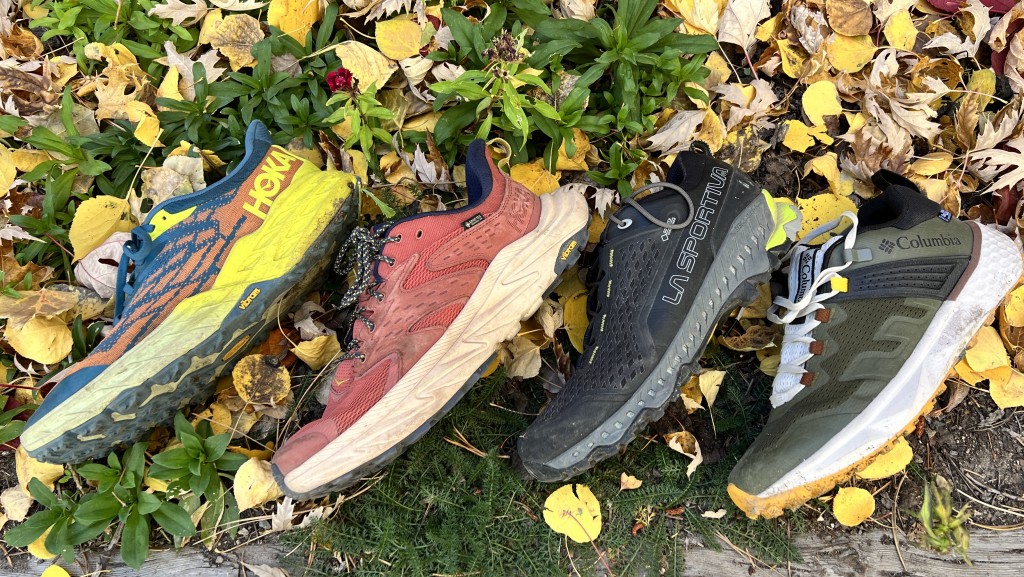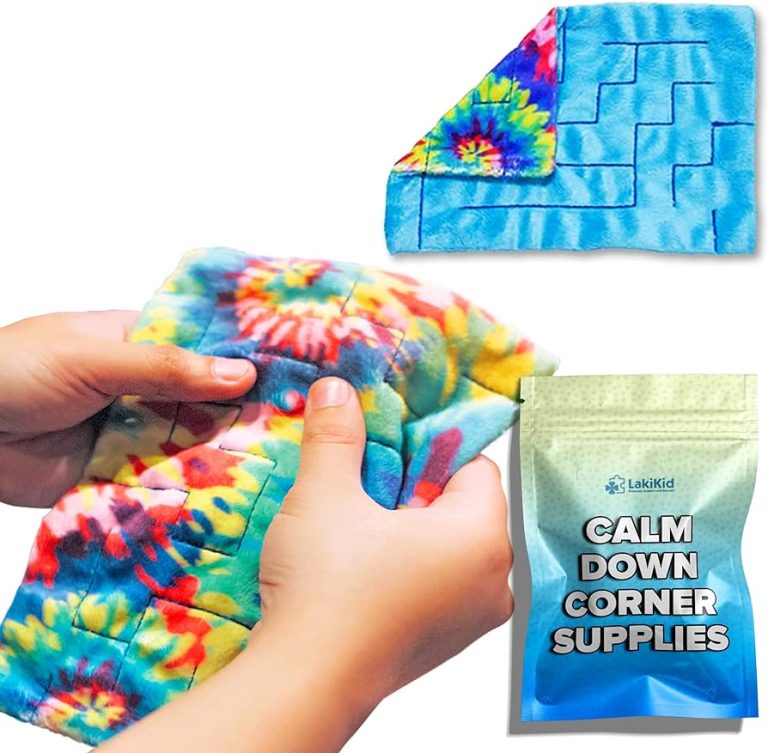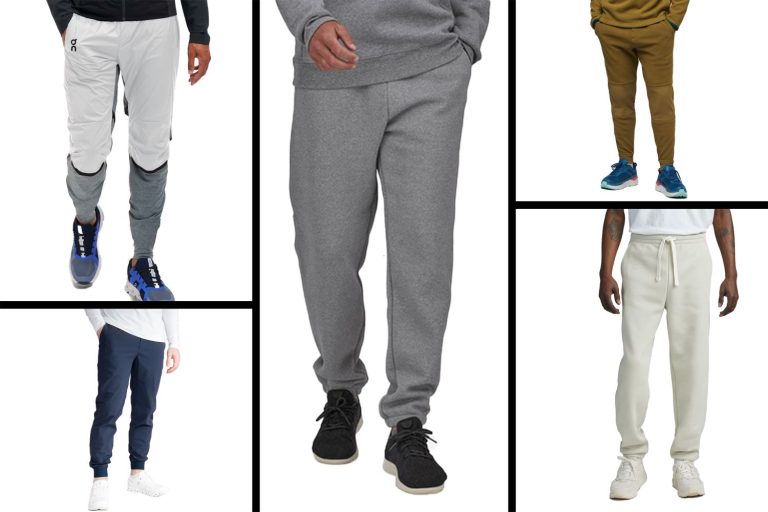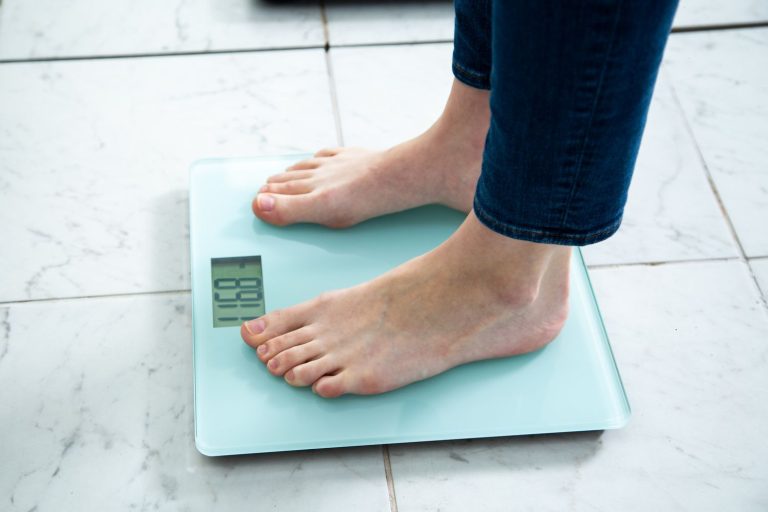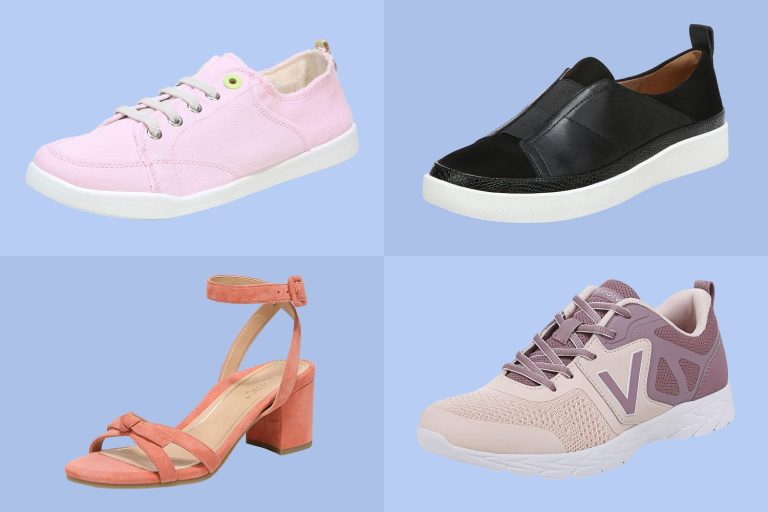9 Best Hiking Shoes for Men: Comfort, Durability, and Performance
When you’re hitting the trails, the right pair of hiking shoes can make all the difference between an unforgettable adventure and a painful ordeal. The perfect hiking shoe offers comfort, durability, and support, ensuring you can tackle any terrain with confidence. Whether you’re a seasoned hiker or just starting out, finding the ideal pair can be overwhelming with so many options on the market.
Element #1: Comfort and Fit
Comfort and fit are essential when selecting hiking shoes. A well-fitted shoe can make your hiking experience enjoyable and pain-free.
Criteria for Assessing Comfort
Material: Look for shoes made from breathable and flexible materials to keep your feet comfortable.
Cushioning: Choose shoes with adequate cushioning to absorb shock and reduce fatigue on long hikes.
Weight: Consider lightweight options to minimize strain.
Arch Support: Ensure the shoes offer good arch support for proper alignment.
Breathability: Opt for shoes with ventilation to prevent overheating.
Importance of the Right Fit for Hiking
Prevents Blisters: The right fit helps prevent blisters and discomfort.
Enhances Stability: Properly fitted shoes enhance stability on uneven terrains.
Reduces Injury: The right fit can reduce the risk of injuries like sprains.
Improves Performance: A good fit enhances overall hiking performance.
Comfort Level: Ensures all-day comfort, allowing you to focus on the trail.
Element #2: Durability and Material Quality
Durability and material quality play critical roles in the longevity and performance of hiking shoes. Knowing what goes into your hiking shoes ensures you get the best value for your investment.
Types of Materials Used in Hiking Shoes
Understanding the materials used in hiking shoes can help you make an informed choice:
- Leather: Offers durability and water resistance. Full-grain leather is robust, suitable for rugged terrains.
- Synthetic Materials: These include nylon, polyester, and synthetic leather. They’re lightweight and dry quickly.
- Gore-Tex: This material is waterproof yet breathable, keeping your feet dry and comfortable.
- EVA and Polyurethane: Commonly used in midsoles for cushioning and support. EVA is lighter, while polyurethane is more durable.
How Durability Enhances Hiking Performance
Durability is more than just longevity; it directly impacts your hiking experience:
- Supports Heavy Loads: Durable shoes support the weight of your gear without breaking down.
- Resists Wear and Tear: High-quality materials withstand harsh conditions, offering consistent protection.
- Provides Stability: Sturdy construction ensures your feet remain stable on uneven terrains.
- Enhances Safety: Durable footwear reduces the risk of injuries, giving you confidence on trails.
Investing in hiking shoes with superior materials and durability ensures not only prolonged use but also a safer, more comfortable hiking adventure.
Element #3: Traction and Grip
Importance of Traction on Different Terrains
Strong traction is essential for navigating diverse terrains. Different trails present unique challenges, ranging from wet surfaces to rugged rocky paths. High-quality hiking shoes offer superior grip to keep you stable and safe. Slippery surfaces can cause falls, while uneven terrain can lead to ankle sprains. Shoes with excellent traction reduce these risks. Brands like Vibram and Continental offer outsoles specifically designed for enhanced stability in various conditions.
Comparison of Sole Designs
Different sole designs provide varying levels of grip and stability. Lug patterns, depth, and placement play crucial roles. Deep multi-directional lugs offer better traction on muddy paths, while shallow lugs work well on dry, rocky trails. Minimalist designs like Chaco’s LUVSEAT are great for lightweight hiking. Contrastingly, Salomon’s Contagrip outsoles excel in wet conditions. Choosing the right sole design ensures optimal performance in your hiking adventures.
Element #4: Weight and Flexibility
When it comes to hiking shoes, weight and flexibility play key roles in your overall comfort and performance on the trail.
Benefits of Lightweight Shoes
Lightweight shoes reduce fatigue during long hikes. You exert less energy with each step, meaning you can hike longer distances without tiring quickly. Brands like Merrell and Salomon offer lightweight options designed for various terrains. A lighter shoe also means easier packing if you plan a multi-day trip.
Balance Between Weight and Durability
Finding the sweet spot between weight and durability is crucial. Lighter materials, like mesh and nylon, provide comfort but may lack longevity. Look for models incorporating sturdy materials like synthetic leather to enhance durability without adding too much bulk. For example, the Adidas Terrex Swift R3 strikes a good balance, offering solid protection and flexibility. Prioritizing this balance ensures your shoes will withstand rugged landscapes while keeping you nimble and light on your feet.
Element #5: Water Resistance and Breathability
Necessity of Water Resistance for Hiking Shoes
Water resistance is crucial for hiking shoes. You’ll often encounter wet conditions during hikes, such as streams, puddles, and rain. Shoes like the Merrell Moab 2 are known for keeping your feet dry, which helps prevent blisters and provides comfort. Gore-Tex and eVent are popular materials used in waterproof membranes, ensuring moisture stays out. When selecting hiking shoes, prioritize water resistance to avoid discomfort and potential foot issues.
Breathability Versus Waterproofing
Achieving the right balance between breathability and waterproofing is essential. Breathable shoes let your feet stay cool and dry, reducing sweat and odor. Brands like Salomon incorporate advanced mesh fabrics to enhance ventilation. However, fully waterproof shoes might limit breathability, causing overheating on hot days. Look for shoes that use technology to balance both, like the North Face Ultra Fastpack, which offers waterproof protection with sufficient airflow.
Element #6: Ankle Support and Protection
Role of Ankle Support in Injury Prevention
Ankle support is critical in hiking shoes to prevent injuries. Sprains and twists are common on rugged terrains. Strong ankle support stabilizes your feet, reducing strain on joints. Choosing shoes with high or mid-cut designs can provide the necessary support. Studies have shown that higher-cut shoes offer more stability, which is especially beneficial on uneven trails. Using shoes with reinforced padding around the ankle area can add an extra layer of injury prevention.
Materials and Design for Optimal Protection
Materials play a key role in offering ankle protection. Look for shoes with sturdy, yet flexible materials like synthetic leather and dense mesh. These materials provide a balance of support and comfort without compromising durability. Manufacturers like Salomon and Merrell use advanced materials that shield your ankles while allowing flexibility. Designs with lace-up or cinching systems ensure a snug fit around your ankles, further enhancing protection. Molded collars and heel cups in hiking shoes can offer extra support, preventing unnecessary movement and reducing the risk of injury.
Element #7: Style and Design
Hiking shoes for men come in a variety of styles and designs. It’s essential to consider both aesthetic appeal and functionality.
Variety in Styles Suitable for Hiking
Hiking shoes are available in multiple styles to suit different hiking experiences. You can choose from low-cut shoes, mid-cut boots, and high-cut boots, each offering varying levels of ankle support. Low-cut shoes, like the Merrell Moab 2, are ideal for light trails and day hikes. Mid-cut boots, such as the Salomon X Ultra 3, provide additional ankle support for moderate trails. High-cut boots, like the Vasque St. Elias GTX, are perfect for challenging terrains and long-distance hikes.
Aesthetic Appeal Versus Functionality
While the look of your hiking shoes might matter to you, functionality should never be compromised. Top brands, including Columbia and KEEN, offer stylish designs without sacrificing performance. For instance, KEEN’s Targhee III is both aesthetically pleasing and highly functional, featuring durable leather and waterproof properties. Remember, the primary goal is ensuring your shoes are practical, providing necessary support, traction, and comfort.
Element #8: Brand Reputation and User Reviews
When choosing the best hiking shoes for men, consider brand reputation and user reviews. These factors can significantly impact your decision.
Trusted Brands in Hiking Footwear
Look for trusted brands in hiking footwear known for consistent quality and performance. Brands like Salomon, Merrell, Columbia, and KEEN have built strong reputations for producing durable and reliable hiking shoes. Salomon offers advanced materials and technology for optimal performance. Merrell is known for comfort and innovative designs. Columbia combines style with functionality without compromising on features. KEEN emphasizes robust build quality and ergonomic designs.
Reading and Interpreting User Reviews
Read and interpret user reviews carefully before making a purchase. Look for patterns in reviews, such as repeated mentions of durability, comfort, or issues with specific models. Pay attention to reviews from experienced hikers who provide detailed insights. Prioritize reviews that mention miles hiked and conditions faced to gauge real-world performance. Ignore overly vague reviews or those that don’t provide specific feedback. Balanced reviews give a clearer picture of what to expect from the hiking shoes.
Element #9: Price and Value for Money
Price Range of Quality Hiking Shoes
Expect to pay between $100 and $300 for quality hiking shoes. Brands like Salomon and Merrell offer various models across this price range. Shoes under $100 might lack durability and essential features like advanced traction. On the higher end, over $300, you get enhanced support and top-notch materials, making these shoes a long-term investment.
Balancing Cost and Quality
Consider how often you’ll hike to balance cost and quality effectively. If you’re an occasional hiker, mid-range options like Columbia’s models can serve you well. Frequent hikers should invest in higher-end shoes for better comfort and longevity. Always evaluate user reviews and brand reputation to ensure you get the best value for your money.
Conclusion
Choosing the right hiking shoes is crucial for ensuring both comfort and safety on the trail. By focusing on fit durability and materials you can find a pair that meets your needs. Brands like Salomon Merrell and Columbia offer reliable options across various price ranges. Whether you’re an occasional hiker or a frequent adventurer investing in quality footwear will enhance your hiking experience and protect your feet. Always consider user reviews and brand reputation to make an informed decision and get the best value for your money.
